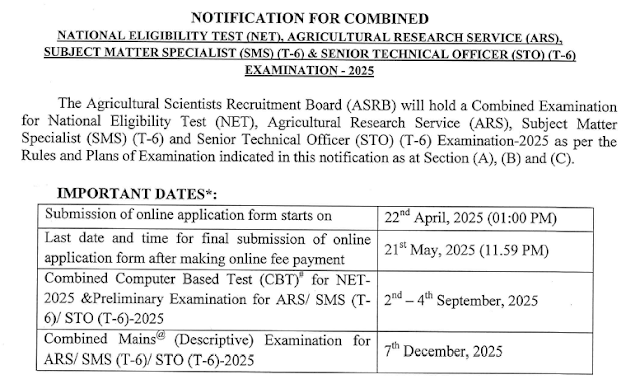In the Footsteps of Bhela: Unearthing India's Forgotten Healing Wisdom
By Farin Khatoon
Let me take you on a journey—back in time, across dusty scrolls, ancient cities, and conversations whispered under the stars. A time when healing wasn't done in labs but in groves, kitchens, and minds trained to listen to nature.
Our story begins not with the famous names like Charaka or Sushruta, but with someone a little lesser-known—Bhela.
The Sage Behind the Scroll
Bhela wasn’t a celebrity healer. He didn’t lead an army of surgeons or write grand odes to scalpels. Instead, he listened. He asked. He wandered.
He was a disciple of Atreya, one of Ayurveda’s greatest teachers, and what we know of him comes from the Bhela Samhita—a Sanskrit text nearly lost to time, found only in fragments: one from a 9th-century cave in Tuyoq (China!) and another, crumbling palm-leaf manuscript, tucked away in Thanjavur’s Sarasvati Mahal Library.
A Classroom of Questions
The text unfolds not like a textbook, but a living conversation. Bhela sits with Atreya under the open sky, asking questions about the human body, the seasons, the doshas. But he's not alone.
Other voices enter the conversation:
-
A king named Nagnajit asked how to detect poison in food.
-
Gurdalu Bhekin, curious about which diseases thrive in which landscapes.
-
A sage named Sushrotar Medhavin shared his own healing practices.
-
And the wise Khandakapya and Maitreya debate the role of taste in health.
It’s as if the entire Ayurvedic world gathered in one place, not to lecture, but to share stories, doubts, and remedies from their lands.
When Plants Spoke Louder Than Pills
Now, here’s where my own heart as a plant-lover leapt.
This text didn’t just talk about theory. It named plants. Described their natures. Told you when to use their roots and when to crush their leaves.
Modern scholars (like Dr. D.A. Patil, 2024) found over 280 plant species in the manuscript, plants like:
-
Guduchi for fever and vitality
-
Amalaki for digestion and longevity
-
Shatavari for strength and women’s health
-
Neem for purification
-
Pippali to rekindle digestion
These names aren’t new to us, but what’s magical is how Bhela described them in context. He didn’t separate medicine from geography or season. If a plant grew in the west, he told you how it behaved. If it didn’t suit the rainy season, he warned you. It was science, sure—but deeply intimate.
Where Was Bhela From?
Some scholars think Bhela was from Gandhara (modern-day Pakistan-Afghanistan region), because of his detailed descriptions of landscapes and his dialogue with Nagnajit. Others, like R.S. Singh, argue he hailed from western India because the plants he described were native to that region.
Wherever he came from, one thing’s clear: Bhela traveled with his senses open.
Why Should We Care Today?
In an age where “natural remedies” trend on every feed, Bhela Samhita gives us something deeper: respect for plant knowledge rooted in observation, dialogue, and care.
Recent research (Upadhyay, 2023) calls for integrating traditional texts like Bhela’s into mainstream Ayurveda education. Not as relics—but as relevant voices in conversations about sustainable health, regional flora, and indigenous science.
My Takeaway
As someone who finds purpose in plants, reading about Bhela felt like reading an old friend’s diary—a healer not dazzled by fame, but dedicated to understanding the body, the earth, and how the two must coexist.
So next time you sip tulsi tea or use turmeric on your skin, pause for a second.
Maybe—just maybe—you’re part of a conversation that began thousands of years ago between a curious student named Bhela and his wise teacher.
Want to Read Bhela Samhita?
Exotic India Art: Offers the Bhela Samhita with English commentary.
Chaukhambha Books: Provides the Sanskrit text version.Amazon+1vedicbooks.net+1
Amazon: Lists the Bhela Samhita edited by Dr. K.H. Krishnamurthy and Prof. Priya Vrat Sharma.AbeBooks+5IBP Books+5Crazyshelf.com+5


Comments